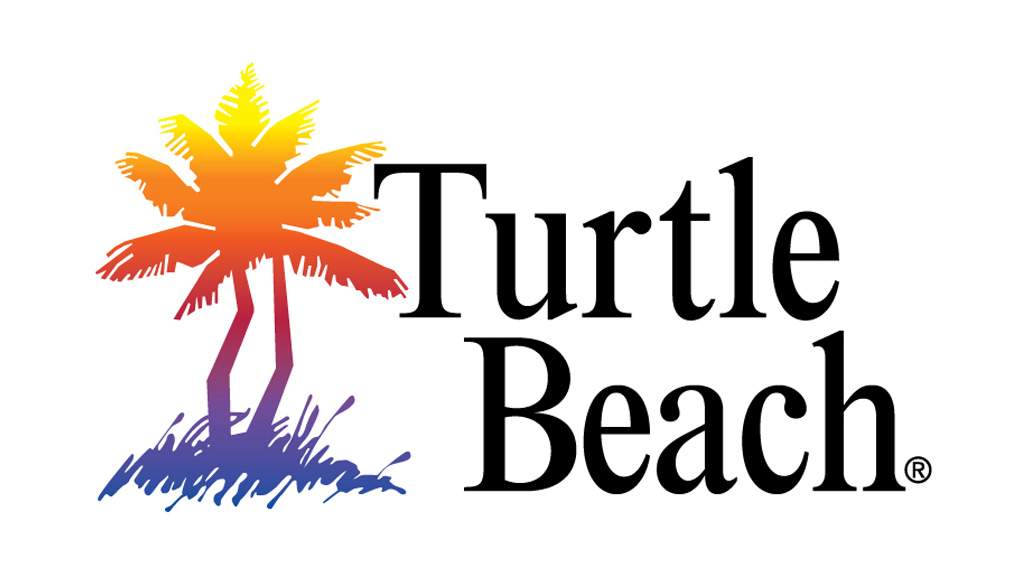Turtle Beach Systems, Inc.
Turtle Beach was a professional audio company based in New York and was started back in 1985 by Roy Smith and Robert Hoke. Turtle Beach Systems achieved prominence in the PC multimedia industry with its award-winning sound cards that pioneered PC-based hard-disk recording, multi-channel PC audio playback, and DSP (Digital Signal Processing) technology.
In 1993 they were acquired by ICS (incidentally, the same year Creative Labs bought E-mu).
The vast majority of cards from Turtle Beach are *NOT* compatible with other PC sound standards such as Ad Lib or Sound Blaster (the exception being the Tropez range and the Monte Carlo), so if you are looking for a DOS gaming sound card look elsewhere. Having said that, for General MIDI, these are some of the very best cards you can buy, with excellent low noise.
In 1996, Turtle Beach was sold by ICS to Voyetra Technologies.
Today they still exist, though they've moved into high-end gaming headsets and other gaming accessories for PC and consoles. Their website is here.
For brevity, here's a list of the various generations of Turtle Beach card (the ones in bold indicate the premium MultiSound series; those not in bold indicate their more budget-oriented cards):
- 1st generation (1991-1993): MultiSound (later called MultiSound Classic)
- 2nd generation (1994-1995): Tahiti, Rio, Monterey, Tropez/32/Plus, Maui, Monte Carlo
- 3rd generation (1996-1998): Fiji, Pinnacle, Malibu/Surround64, Daytona, Montego I, Montego II
- 4th generation (1999-2001): Santa Cruz
Turtle Beach also produced a couple of wavetable daughterboards called Rio and Cancun.
Their head office address was:
Turtle Beach Systems
5 ODell Plaza,
Yonkers, NY 10701-1406.
Tel: (914) 966-0600,
Fax: (914) 966-1102
Web Site: www.tbeach.com